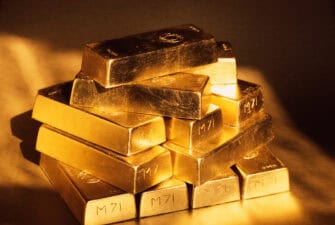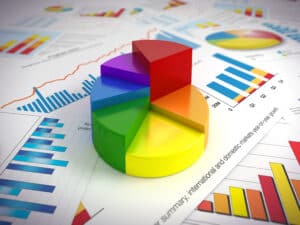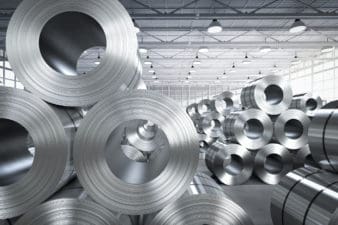The recent pullback in precious metals has created an attractive entry point for investors seeking exposure to gold. The lustrous yellow metal is expected to appreciate in coming months. In a global macro environment dominated by rising political and economic insecurity, gold is an important hedge against uncertainty. Gold miners remain one of the most attractive means of weatherproofing a portfolio against risk while benefiting from higher gold prices because of their leverage to the precious metal. This essentially means that they offer investors a bigger bang for their buck than investing in bullion or an exchange-traded fund.
An appealing investment for these reasons and more is Canada’s Kirkland Lake Gold Ltd. (TSX:KL)
Now what?
Kirkland’s flagship asset is the Macassa mine. With an ore grade of almost 21 grams of gold per tonne of ore, it is one of the highest-grade operational gold mines globally. Recently, a new high-grade gold system was discovered at the mine which, after further development, bodes well for an expansion of its gold reserves.
The miner also owns and operates a range of other mines in the mining-friendly jurisdictions of Canada and Australia. These, in conjunction with the Macassa mine, give Kirkland total reserves of 3.7 million ounces of gold.
In recent months, the company’s operations have been going from strength to strength. Kirkland recently announced record quarterly production for the second quarter 2017, which was primarily driven by a significant increase in ore grades at its Australian Fosterville mine.
As a result, it is now on track to achieve its upgraded 2017 production guidance of 530,000-570,000 ounces, which is 6% to almost 9% higher than its original forecast for the year. The company is also positioned to achieve its 2017 estimated all-in sustaining costs of US$850-900 per ounce; in an environment where gold is rising in value, this will certainly boost its profitability.
What makes Kirkland such an attractive investment, aside from its high-quality assets located in low-risk jurisdictions, is its rock-solid balance sheet. Impressively, it finished the second quarter with $270 million in cash and bullion after repaying $58.5 million in debt relating to the maturity of its 6% convertible debentures.
Management also initiated a share buyback during the second quarter because they believe that Kirkland is undervalued and its market price does not accurately reflect the quality or performance of its operations. The buyback involves acquiring 15,186,571 common shares representing 10% of its outstanding float.
Share buybacks are always a positive sign for investors. Not only do they represent a vote of confidence in the company’s performance, but as the buyback proceeds, it should help to boost its share price by reducing the volume of outstanding shares.
The strength of Kirkland’s financial position has allowed the miner to further reward investors by initiating a $0.04 dividend payment that commenced earlier this month. That dividend, on the basis of the current positive operating environment, growing production, and an estimated payout ratio of under 20%, appears sustainable at this time, further emphasizing why Kirkland is a superior to bullion or gold ETFs that do not pay income.
So what?
Gold miners may not be appealing to every investor, and in the past, I have certainly expressed my own reservations about investing in miners as well as the lustrous yellow metal.
Nonetheless, what is clear is that Kirkland presents a very appealing opportunity for investors because it is attractively priced, continues to produce strong operational results, and possesses a solid balance sheet in an operating environment where gold can only rally further. For these reasons, it is easy to see Kirkland unlocking further value, causing its stock to appreciate further.





